How To Do Voice Call and IVR Marketing in India








How To Do Voice Call and IVR Marketing in India
Voice call and Interactive Voice Response (IVR) marketing can be effective strategies for reaching customers in India. Here’s a guide on how to implement these techniques successfully:
1. Understand Regulations
- Familiarize yourself with the Telecom Commercial Communications Customer Preference Regulations (TCCCPR) enforced by TRAI. Ensure compliance with rules regarding consent and customer preferences for receiving marketing calls.
2. Build a Quality Contact List
- Opt-In: Obtain explicit consent from customers to receive voice calls or IVR messages. This can be done through sign-up forms, during customer interactions, or via SMS.
- Segment Your Audience: Categorize your contacts based on demographics, purchase history, or interests to tailor your messaging.
3. Choose the Right Technology
- Select a reliable voice call and IVR service provider. Look for platforms that offer features like call recording, analytics, automated calling, and easy integration with your CRM. Popular providers include Exotel, Knowlarity, and Ozonetel.
4. Design Engaging Scripts
- Clear and Concise: Write scripts that are straightforward and to the point. Avoid jargon and keep language simple.
- Value Proposition: Clearly state the purpose of the call and what value it provides to the customer.
- Call to Action (CTA): Include a clear CTA, such as visiting a website or confirming an appointment.
5. Implement IVR Systems
- Setup IVR: Design a user-friendly IVR menu that allows customers to navigate easily. Keep options limited to avoid confusion.
- Personalization: Use caller information to personalize the experience, such as addressing them by name or referring to previous interactions.
6. Automate Calls
- Utilize automated calling systems to reach large numbers of contacts efficiently. Automated reminders, appointment confirmations, and follow-ups can enhance customer engagement.
7. Test Your Approach
- Conduct test calls to identify any issues with the scripts or the IVR system. Make adjustments based on feedback to improve the customer experience.
8. Monitor Performance
- Track key metrics such as call completion rates, customer feedback, and response rates. Use this data to analyze the effectiveness of your campaigns and make necessary adjustments.
9. Provide a Human Touch
- While automation is efficient, ensure there’s an option for customers to speak with a live agent if needed. This can enhance customer satisfaction and address complex queries.
10. Follow Up
- After initial calls or IVR interactions, follow up with customers via SMS or email to reinforce your message and encourage engagement.
11. Respect Customer Preferences
- Always honor do-not-call requests and provide customers with the option to opt out of future calls. This helps maintain trust and compliance with regulations.
12. Leverage Analytics for Insights
- Use analytics tools provided by your service provider to monitor call quality, customer interactions, and overall campaign performance. This can help refine your strategies over time.
Conclusion
Implementing voice call and IVR marketing in India requires a focus on compliance, quality communication, and customer engagement. By following these steps, you can effectively reach your audience and drive results while maintaining a positive customer experience.

